8/3 wire amp rating is a common topic you should consider to apply it to your works or projects properly. The 8 gauge wire is familiar and plays a significant role as a power supply for a wide range of applications with minimal energy losses. However, it can carry multiple amp ratings, depending on the ambient temperature.
Besides, the wire’s length, material, and dimensions also decide its ampacity. Thus, you need to know how to calculate the accurate amps for this wire type.
This article will provide useful information about the 8 gauge wire with its corresponding amp rating. Keep reading for further details!
How Many Amps For 8 Gauge Wire? Other Specs
Ampacity
The ampacity of an 8-gauge solid AWG copper wire will depend on temperature, as mentioned. Below are the specific relationship between the temperature and ampacity.
- At 60°C or 140°F: 40 Amps
- At 75°C or 167°F: 50 Amps
- At 90°C or 194°F: 55 Amps
Many modern RCA cables have a fairly wide range of operating temperatures (from -60°C to 200°C in some cases). But in most electrical applications, such as at homes, you need to use the ampacity value at 60°C (or 140°F), which means it will need 40 amps. This is the typical ampacity for 8-gauge solid copper wire.
Besides, you have to pay attention to the required current-carrying capacity according to the “80% rule” for safety reasons. Follow these simple formulas:
- At 60°C or 140°F: 40 amps * 0.8 = 32 amps.
- At 75°C or 167°F: 50 amps * 0.8 = 40 amps.
- At 90°C or 194°F: 55 amps * 0.8 = 44 amps.
So the ampacity of 8 gauge solid copper cable at 60°C or 140°F is 32 amps, not the standard wire gauge 40 amps. And it’s only for short wires.
Dimensions
The 8 gauge solid electrical copper wire has the physical dimensions as below:
Diameter: 3.2636mm, 0.1285″,
Cross-sectional area: 8.3656 mm2, 0.0130 in2.
You should take note of the dimensions of “solid copper” to distinguish various 8-gauge wires with different characteristics.
Materials
Stranded or Solid
Solid wires are difficult to bend and generally hard to process. However, an 8-gauge stranded wire is easier to handle and use.
It has a larger diameter and cross-sectional area to provide the same ampacity.
For instance, some fine gauge 8 (1650/0.08mm) copper wires have a wire diameter of roughly 3.76mm.
Aluminum or Copper
Although copper is more expensive and heavier than aluminum, it is the superior conductor. An aluminum wire has the same ampacity and is lighter but thicker.
At other price scales, oxygen-free copper (OFC) wires are sold in some grades. It has lower resistance than a “traditional” copper wire but is more expensive. In most electrical applications, such as electric equipment or electrical appliances, the advantages of an OFC wire do not justify its higher price.
CCA (Copper Clad Aluminum)
CCA wire features a copper outer sheath and an aluminum core.
It is cheaper and lighter than copper wire but has a higher resistance. This material type is popular with the speaker cable.
Also, the copper coating on the outside makes it theoretically get less skin effect than an aluminum wire. Yet, the skin effect can have a negligible impact of signal loss up to 20 kHz.
Wire Length
When the wire length increases, the resistance of the wire also rises, and the energy loss will be greater.
You can expect a 10% lower ampacity for every 50 feet to keep energy loss at an acceptable level.
For instance, the actual gauge wire ampacity for 100 feet of 8-gauge wire, including a maximum allowable surface temperature of 60°C or 140°F is:
Ampacity = 0.8 * 40 / 1.2 = 26.66 amps.
The table below shows the ampacity (expressed in amps) of 8 gauge cable at specific ambient temperatures for 50, 150, 100, and 200 feet wire.
| Cord Length (Ft) | 60°C or 140°F | 75°C or 167°F | 90°C or 194°F |
| 50 | 29.1 | 36.3 | 40 |
| 100 | 26.6 | 33.3 | 36.6 |
| 150 | 24.6 | 30.7 | 33.8 |
| 200 | 22.8 | 28.5 | 31.4 |
Types
The electrical wires of 8-gauge consist of multiple bundles. The actual quantity of cores depends on the use of the gauge welding cable. Thus, 8 gauge wires include some common types such as 8/2 gauge (also called 8 2 wire), 8/3 gauge (8 3 wire), and 8/4 gauge (8 4 wire).
For example, when a cord is labeled “8/3 wire”, it comprises three 8-gauge wire conductors plus a gauge ground wire.
So, an 8/2 wire (or 8 2 wire) can include one ground wire with two 8-gauge wire conductors.
8/3 wire (8 3 wire) comes with one ground wire and three 8 gauge wire conductors.
8/4 wire (8 4 wire) comprises one ground wire and four 8 gauge wire conductors.
Yet, you should also note that the ground wire is optional to go with an 8 gauge wire. The wires are color coded to allow you to connect their wires correctly. The actual color code depends on the intentional use, the country of the cable or wire, and electrical wiring environment.
How Many Amps Can An 8 Gauge Wire Handle At Different Voltages?
An 8 AWG wire may carry 40-55A at a 12-volt, 220-volt, and 240-volt circuit. The electricity amount of current flowing through a wire does not vary regardless of voltage.
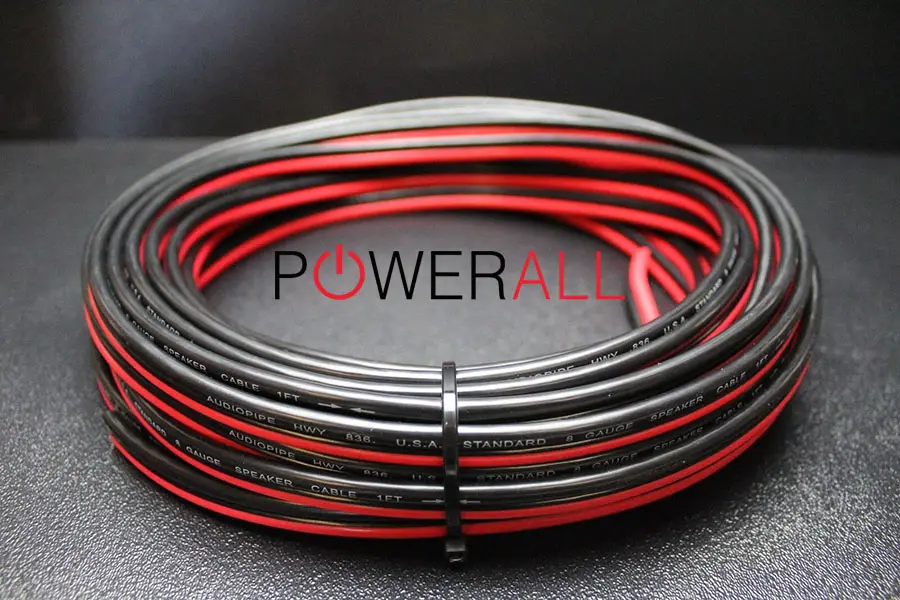
Regarding amperage capability and tensile strength, the voltage will only matter in high-voltage residential applications or commercial applications. The high-voltage applications will consist of ratings up to 2kV.
If you notice the table displaying various gauges and their respective amp ratings, you’ll realize that they seldom mention voltage. This also shows that voltage does not affect wire size and ampacity selection.
Calculation Of Exact Amps For An 8 Gauge Wire
You don’t need to calculate the accurate amps for 8-gauge cables. NEC has already supported you in doing this daunting task. They do not want a layperson to perform the complicated calculations necessary to determine amp ratings.
They give you a table of different common sizes of wire and associated amps ratings.
Also, they show the gauge size wire in mm (thickness or diameter), which is popular when calculating the 8 gauge wire’s exact amps.
If you want to learn more about the amp rating of the 8 AWG wire, check out the details in the NEC wire size chart and find out the 8 AWG column.
Look at the appropriate line to look for the conductor sizes and the proper amperage.
FAQs
Does Distance Influence On Its Amp Rating?
No. But it does affect the wire’s voltage.
Distance does not directly affect amp ratings. When the length rises, the resistance will increase, generating heat. Wires also become overheated.
Furthermore, the voltage drop can prevent the power cable from meeting the device’s electrical circuits requirements it connects to. In several cases, the machine draws more current than normal to make up for the maximum voltage drop and overheating becomes a bigger problem.
But despite all these considerations, the amp rating of the cable remains the same.
Does Voltage Have an Impact On Its Amperage?
Yes, it does. It’s worth mentioning that voltage doesn’t affect its ampacity but its amperage.
Amperage takes into account the maximum current at which voltage flows via a conductor. Thus, as the voltage increases, the current must also increase.
Power Probe publishes equations that describe the relationship between voltage, resistance, and current. The amperage increases with voltage when the resistance can be the same.
Meanwhile, current and resistance are related inversely. Once you think of resistance as resisting the current flow, this is simple. So if the resistance increases, the current should decrease.
Does Material Affect Amp Rating?
Yes, it does. Normally, 8 AWG gauge copper wire features a higher rating than 8 AWG aluminum wiring. You can purchase aluminum wires for economic reasons if you are on a scanty budget.
Copper can play a great role as an ideal conductor for small tasks. Yet, aluminum conductors may help you save money for larger projects requiring longer cables. It would be best if you used a larger thickness to emulate the copper capacitance.
Conclusion
The above is everything you need to know about 8 AWG ampacity that is useful for various applications with the proper wires. The 8 gauge wire can handle the common amps at 12, 220, and 240 volts.
Yet, the wire ampacity may also depend on the wire’s length, construction, surface temperature, construction, material and thickness.
Besides, you can also know how to calculate the accurate amps for 8 gauge wire to adjust with your purposes properly.
See more:

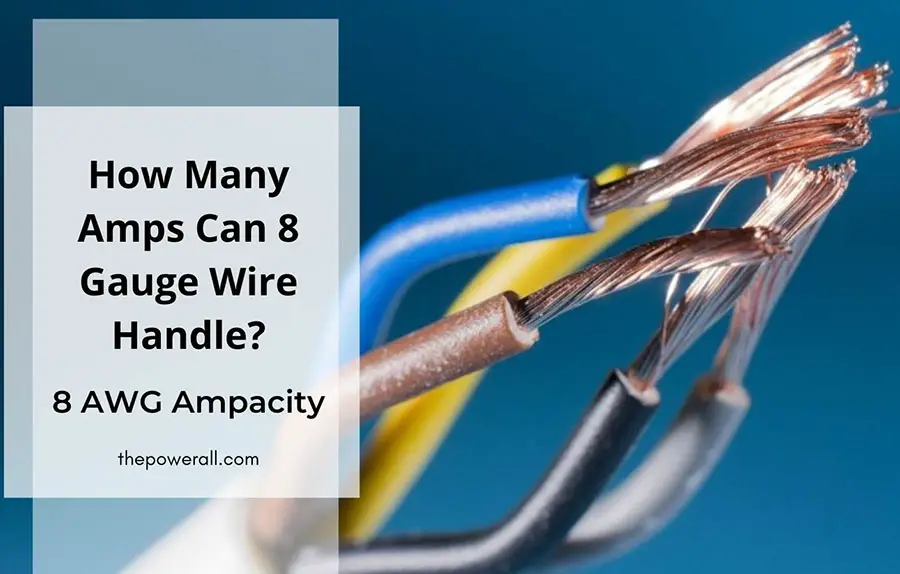

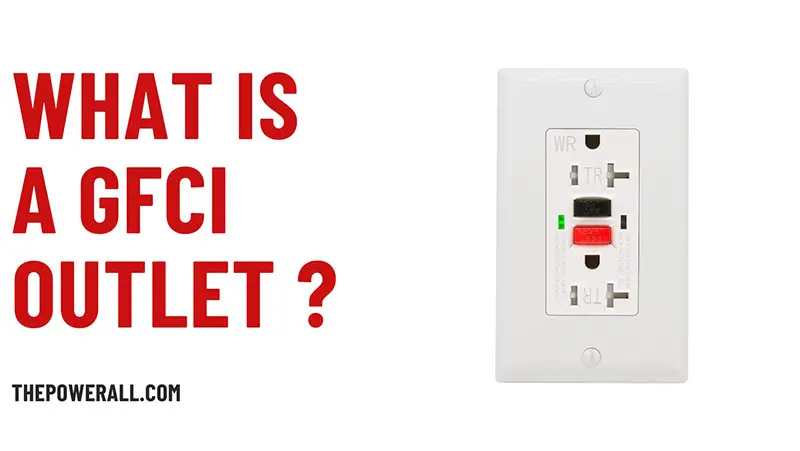
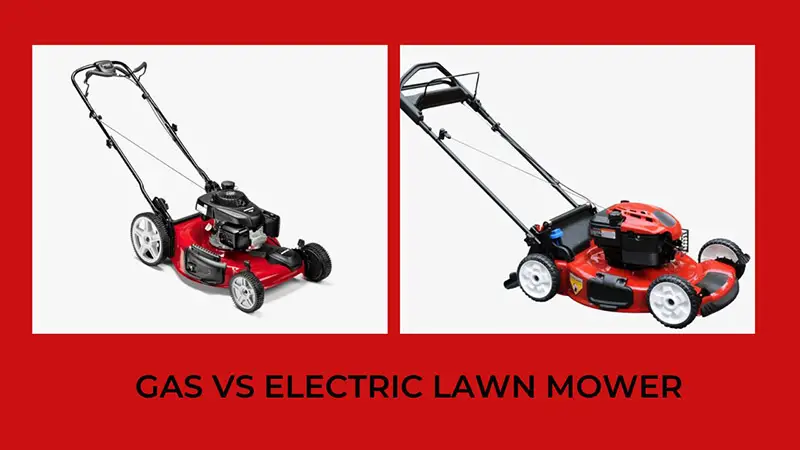
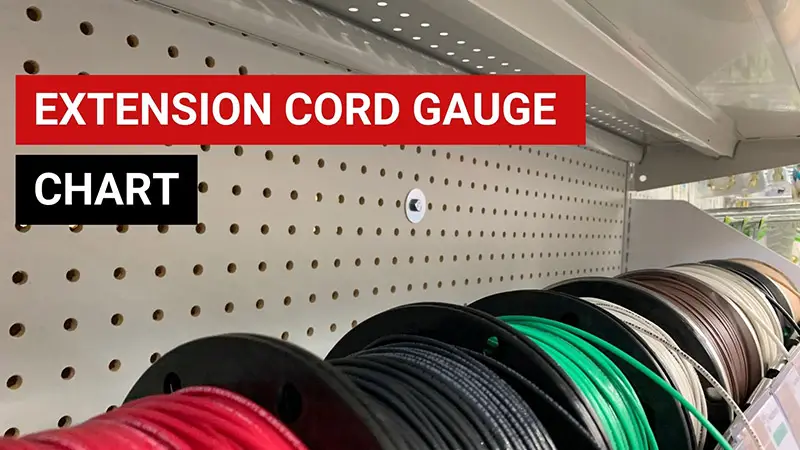
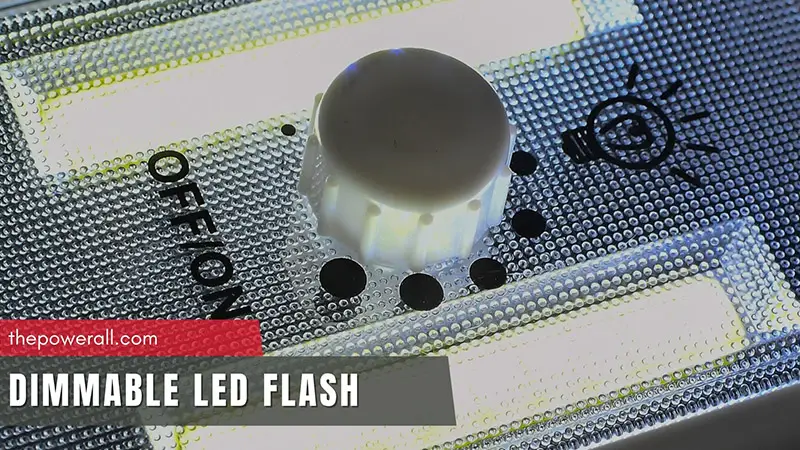

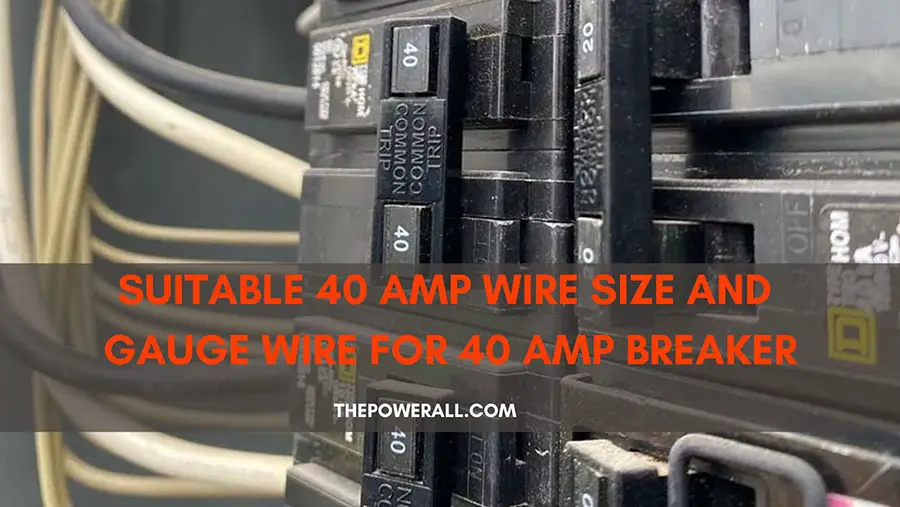
0 Comments